Those who need the low hanging fruit the most are the wildlife. I think most Nova Scotians want us to leave it there for them.

Abandoned gold mines in eastern Nova Scotia. Such mines are considered “low hanging fruit” to the mining companies and they want access to them in Protected Areas.
Click on image to go to map source (NSDNR)
UPDATE Nov 11, 2017: Three items in the Chronicle Herald, none as yet supportive of the MANS proposal:
COMMENTARY: Save protected areas from mining, by Raymond Plourde: “[MANS] conveniently misunderstands that protecting biodiversity means leaving areas alone, in a natural state over long periods of time, to allow natural biological processes to occur and to provide the complex, inter-connected habitats needed by native species to survive.
That is why they are protected under law in perpetuity. They are not generic “green spaces” that can simply be moved around the landscape like furniture.”
Continue reading

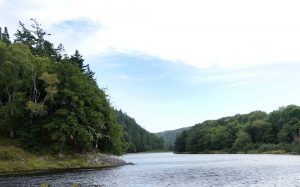
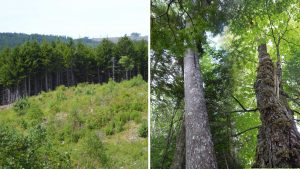
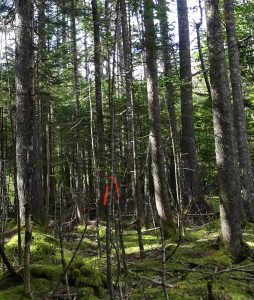
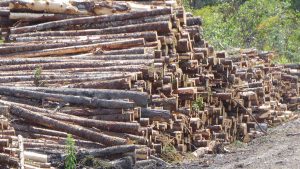
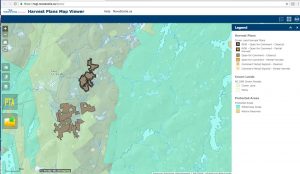
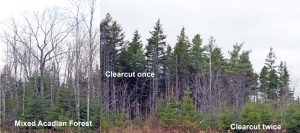

 Lumber rep goes after Nova Scotia’s “misinformed local academics”; pilot offers another view
Lumber rep goes after Nova Scotia’s “misinformed local academics”; pilot offers another view